OUR ARCHITECTS
When Simon Currant briefed Cumulus Studio on the architectural refurbishment of Pumphouse Point, his instructions were simple: “don’t muck up the external architecture – it’s the inside we’re converting”. His chosen team of architects did not disappoint.
Cumulus Studio is a collaboration between two of Tasmania’s most successful emerging architects, Peter Walker and Todd Henderson. The studio formed out of a desire to investigate ideas collaboratively and an understanding that great ideas are developed through sharing and workshopping with others.
The Pumphouse Point redevelopment, which has already become a signature project for Tasmanian tourism, involved the adaptive reuse and refurbishment of two existing, heritage listed, off-form concrete art deco buildings – ‘The Pumphouse’ and ‘The Shorehouse’ – into a wilderness retreat. This was a challenge Cumulus Studio took to with diligence and passion.
The Pumphouse, a three storey building originally constructed in the 1940s to house pump turbines, sits on Lake St Clair at the end of a 250m concrete flume which is its only connection to land. The Shorehouse, located at the start of the flume on the edge of the lake, was constructed at the same time and accommodated offices and a maintenance workshop for the turbines. Eighteen new guest suites have been inserted within the existing concrete building envelopes – twelve of these are located in The Pumphouse and the remaining six are within The Shorehouse. The Shorehouse also accommodates the prep kitchen and main communal lounge / dining room.
Only minimal work has been done to the exterior of the buildings. This is a deliberate response by Cumulus to maintain the high heritage value of the existing buildings and to emphasise the contrast between the new interiors and the exterior – their distressed condition a testament to the harsh environment in which they are located.
The approach to The Pumphouse building, surrounded by mountains and water, heightens the anticipation and sense of arrival. Guests pass through solid metal doors into the entry foyer – an intermediate zone through which guests are brought gently into the comfort of the suites from the rawness of the wilderness outside. The twelve studio-sized suites run lengthways down the two outer wings, leaving the central core devoted to communal lounge areas on each level, open at both ends so that the sight-line that begins from the flume continues through the building.
A simple neutral palette has been used throughout in order to characterise a rugged simplicity and uncomplicated comfort into which the guests retreat. The untreated rough-sawn hardwood and exposed servicing pipework of the entry and common spaces subtly give way to more refined Tasmanian timber veneer panelling and exposed bent copper plumbing in the suites. These items also allude to the history of the place – the timber formwork of the off-form concrete and water once pumping through the core of the building.
Although the project is located within the Tasmanian Wilderness World Heritage Area, it is not intended to overtly showcase environmental credentials or be an ‘eco-lodge’. Instead the architecture acts as a subtle backdrop to the surrounding wilderness – a retreat from which the encompassing environment can be experienced firsthand by many who would not otherwise take the opportunity.
With the exception of increasing the thermal performance of the building through insulation and use of high performance glazing, minimal work was done to the building envelopes.
The relatively consistent temperature of the lake and the thermal mass of the existing concrete buildings has been utilised so that the buildings can rely on natural ventilation and only require localised space heating during winter. Rather than the approach of a traditional hotel where all spaces are air conditioned to a homogenised level, Cumulus took the approach of dividing the spaces into one of three categories – non-conditioned (entry foyers), semi-conditioned (lounges and public areas) and conditioned (guest suite) spaces. This meant that different heating strategies could be employed (eg. wood fires in public areas and panel heaters in the suites) and allowed transition zones between the outdoors and the suites.
Material and product selection is subtle in its response to environmental stewardship with natural materials favoured where possible – local Tasmanian timber used untreated and rough sawn in the public areas or as natural stained veneer in the suites and joinery in shared spaces.
website: www.cumulus-studio.net
facebook: www.facebook.com/CumulusStudio
pinterest: www.pinterest.com/cumulusstudio
instagram: @cumulus_studio
twitter: @cumulus_studio







